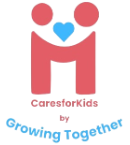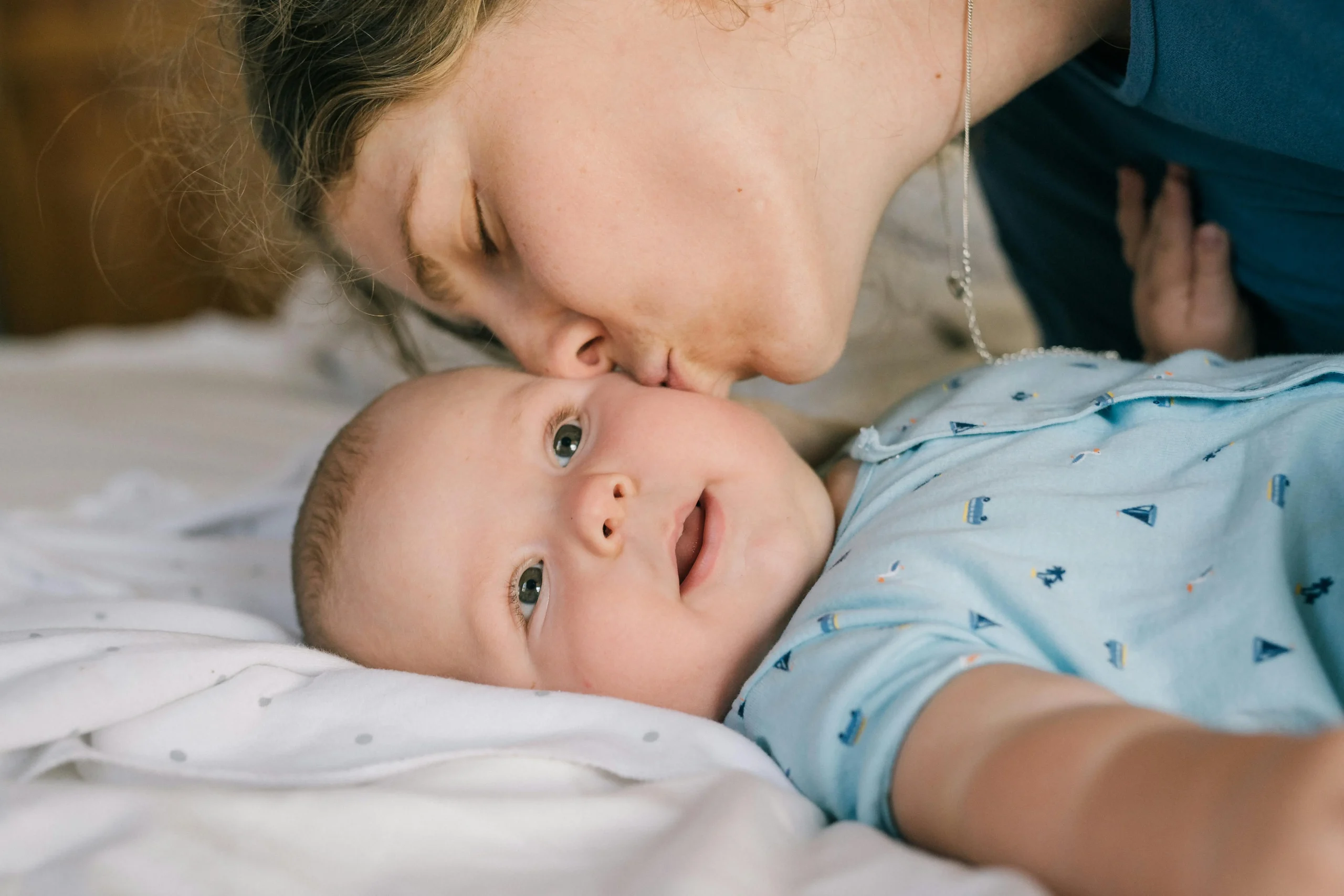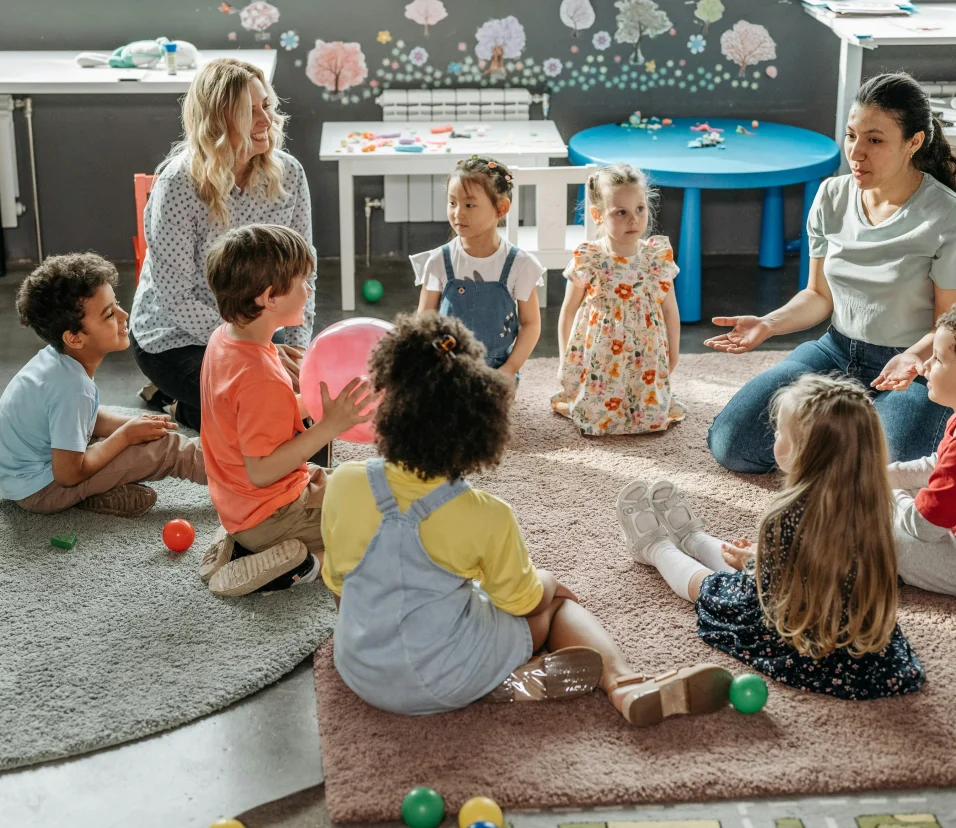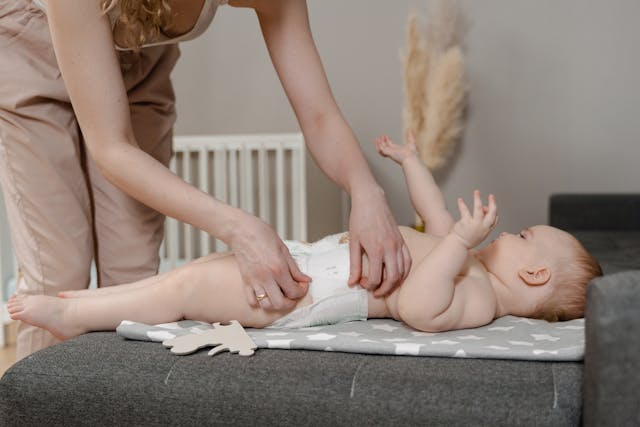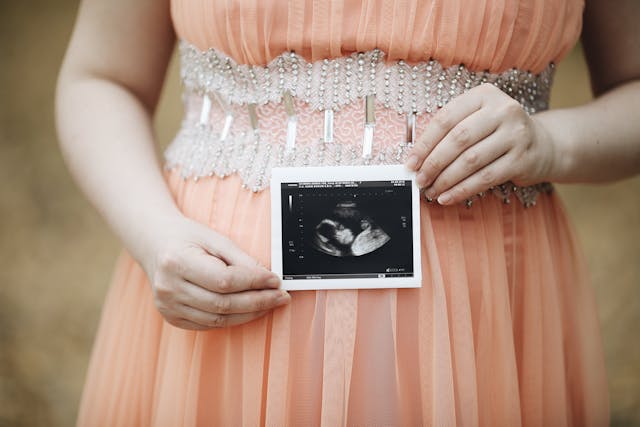New Parent Essentials: What You Need for Baby’s First Year
Welcome, new or soon-to-be parents! If you’re feeling overwhelmed by the endless baby gear out there, you’re not alone. With so many products marketed as “must-haves,” it’s hard to know what’s essential. That’s where this guide comes in.
We’re cutting through the clutter to offer a clear, honest list of essentials for your baby’s first year—nothing more, nothing less. We’ve got you covered from strollers and car seats to sleep setups, feeding tools, and daily basics.
Let’s make preparing for your little one simple, thoughtful, and doable. You’ve got this, and we’re here to help.
Strollers: Picking the Right Ride
Choosing the right stroller can make everyday life much easier. The main types include traditional strollers (ideal for everyday use and longer walks) and travel systems (which include a car seat that clicks into the stroller).
When shopping, look for features like smooth steering, easy folding, decent storage, and a reclining seat. The latter is handy for naps on the go.
Your lifestyle matters, too. If you live in the city and rely on public transport, a compact, foldable stroller is a game-changer. Suburban parents may prefer something more robust with larger wheels for extended strolls and errands.
For trusted brands, consider Maxi-Cosi. They offer safe, stylish, and user-friendly travel systems and traditional strollers.
And don’t forget safety: ensure the stroller has a five-point harness, reliable brakes, and is suitable for your child’s age and weight.
That said, you should choose the stroller that fits your lifestyle instead of chasing trends. You’ll be using it often, so you’d better pick something that matches your lifestyle and your baby’s comfort and safety.
Car Seats: Safety First
A rear-facing car seat is non-negotiable from day one with your baby. Here’s a quick breakdown of what to look for.
Baby Capsules vs. Convertible Car Seats
Baby capsules are designed specifically for newborns. They’re lightweight, portable, and click easily into a car base, making them great for travel and early months. Some models are also compatible with travel systems, which is ideal for parents on the go.
Conversely, convertible seats can be used rear-facing for infants and later switched to forward-facing as your child grows. Keep in mind that convertible car seats tend to be bulkier, so you won’t be carrying them around.
What to Prioritise
- Installation ease: Click-in bases, latch systems, and intuitive levelling features are key.
- Side-impact protection: Many newer models meet updated crash test standards set for 2026.
- Compatibility: Travel becomes even easier if your stroller pairs with the seat.
When to Upgrade
Choose rear-facing baby seats as long as you can. You can consider switching once the max height or weight limit is reached. Only move to a convertible seat when your baby outgrows their baby capsule.
Whether you choose portability or longevity, correct installation and consistent rear-facing use matter most.
Cot and Sleep Essentials
Cot, bassinet, or co-sleeper? Cots offer long-term use and are ideal past infancy. Bassinets are compact and convenient for the early months.
Bedside co-sleepers keep your baby close for night-time feeds while maintaining separate sleep surfaces.
- Follow safe sleep guidelines: a firm, flat mattress with a snug fitted sheet, and no loose bedding, pillows, bumpers, or toys.
- Must-haves: a few cot sheets, soft swaddles, a baby monitor, and a white-noise machine to help mask background noise.
Optional extras include a sleep sack (safer than blankets) and a soft nightlight for late-night check-ins. Sleep sacks made of breathable fabric are safe even for babies starting to roll.
Create a sleep space that’s simple, safe, and comforting, because that’s what your baby needs most.
Feeding Gear
The right gear makes feeding smoother, whether breastfeeding, bottle-feeding, or doing both.
If breastfeeding:
You’ll want a quality breast pump (manual or electric), nursing bras with one-hand access, a supportive nursing pillow, and plenty of milk storage bags for safe freezing or refrigeration.
If bottle-feeding:
Stock up on at least six bottles, a steriliser for easy cleaning, and a formula dispenser for quick and accurate mixing.
As your baby grows, a high chair becomes essential. Choose one that’s adjustable and easy to clean. Plus, don’t forget helpful extras: burp cloths, bibs, and a bottle brush all go a long way in making clean-up simpler.
Nappying Must-Haves
Nappies are a daily staple, whether cloth or disposable. Cloth nappies are eco-friendly and cost-effective, while disposables offer speed and convenience. Choose what suits your routine best.
Alongside nappies, stock gentle wipes and a quality barrier cream with zinc oxide to prevent irritation.
If you have a nursery, a changing table or pad adds convenience. Just make sure it has guardrails, and never leave your baby unattended.
A well-organised nappy bag is essential when out and about. Pack a few nappies, wipes, cream, extra clothes, a portable mat, and a spare cloth.
Want to keep odours at bay? A sealed nappy bin, like the Diaper Genie, might be the right thing to keep things tidier.
Baby Clothes and Laundry Needs
When it comes to baby clothes, less is often more. Aim for 7–10 onesies, 4–6 sleepers, 5–7 pairs of socks, and soft hats. Babies grow fast, so mix sizes (newborn, 0–3 months, 3–6 months) without overbuying.
Use a gentle, hypoallergenic detergent. Paediatricians recommend fragrance and dye-free brands like Seventh Generation Free & Clear, Dapple Baby Detergent, Tide Free & Gentle, and All Free & Clear. These brands are preferred, especially for babies with sensitive skin or eczema.
Always wash new clothes before use and inspect for loose threads or buttons.
To stay organised, store clothes by size in labelled drawers or bins. A weekly (or every-other-day) laundry schedule works best to keep up with messes without getting overwhelmed.
Health & Grooming Kit
You’ll want a basic kit ready both for everyday and unexpected care.
- Start with a digital rectal thermometer, the most accurate for babies under three months.
- Trim nails using baby clippers or scissors, then smooth with a gentle file to avoid scratches.
- For congestion, use a nasal aspirator (like a bulb syringe or NoseFrida) with sterile saline drops to help your baby breathe more comfortably.
- Keep infant paracetamol (after two months, with proper dosing) and simethicone gas drops on hand for fevers or tummy issues. Paediatricians commonly recommend both.
Round out your kit with baby-safe soap and lotion. Avoid harsh additives and stick to hypoallergenic options for sensitive skin.
Start Simple, Stay Confident
You don’t need everything—just the right things. The first year with your baby is full of change, but having the essentials makes it smoother and more joyful.
Choose what works best for your family, from strollers to sleep, feeding to nappying. Keep it simple, stay prepared, and trust your instincts. And remember: what works for one family may not suit another, so allow yourself flexibility. There’s no “perfect” setup; just what’s perfect for you and your baby. Take it one day at a time, and lean on support when needed. Parenting is a challenging but enriching journey. It’s not always easy, but it will always be worth your while.
